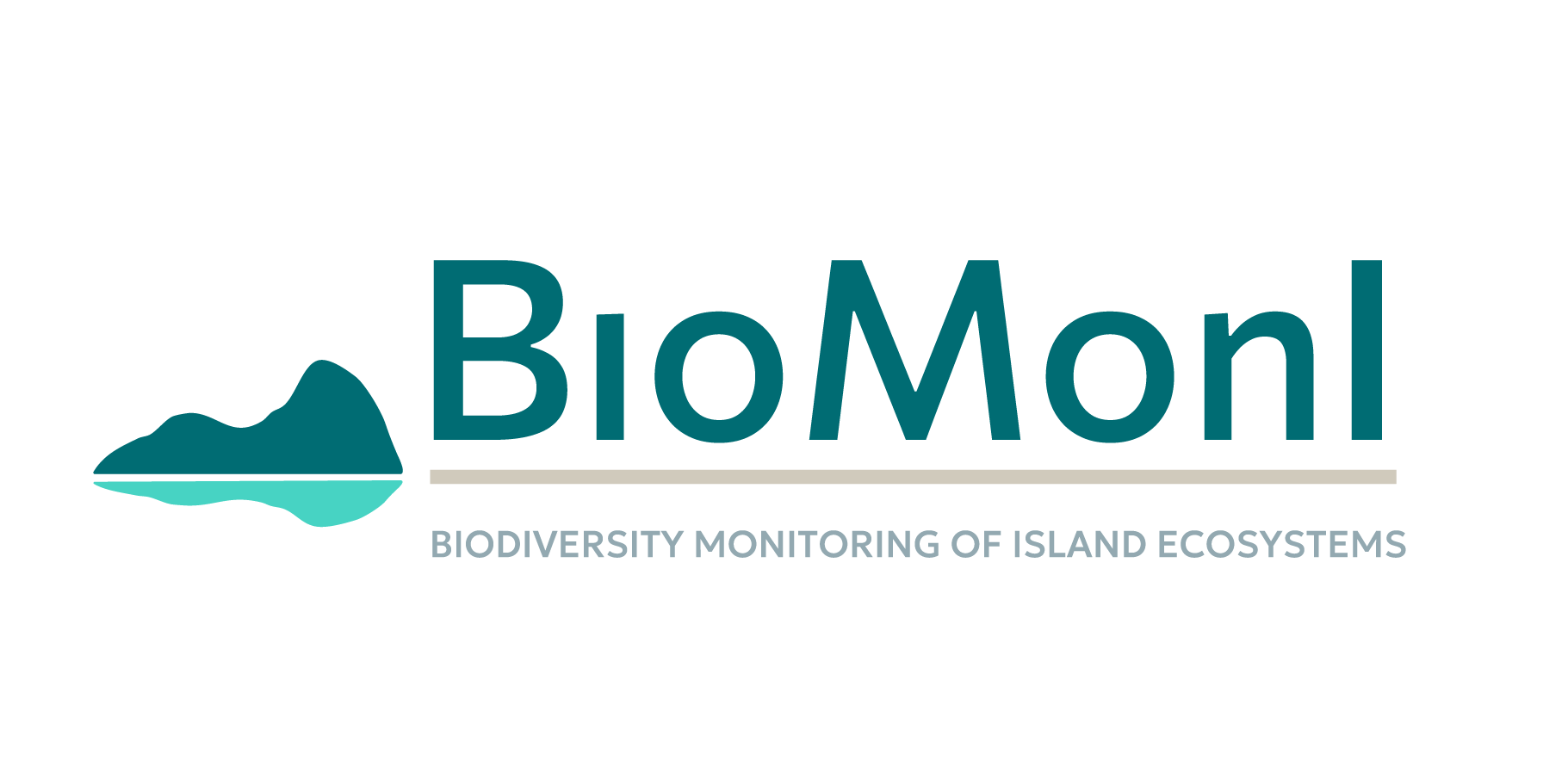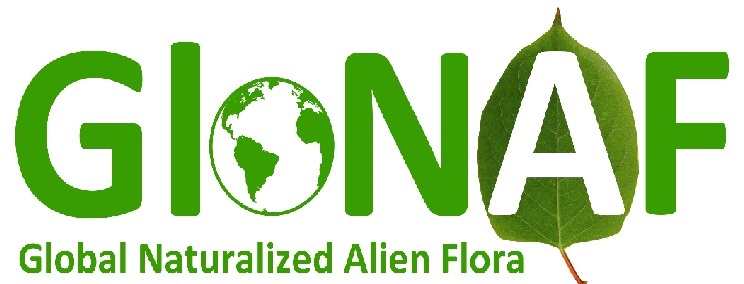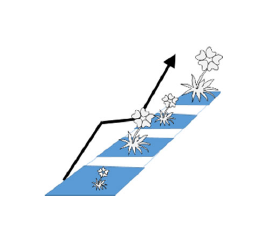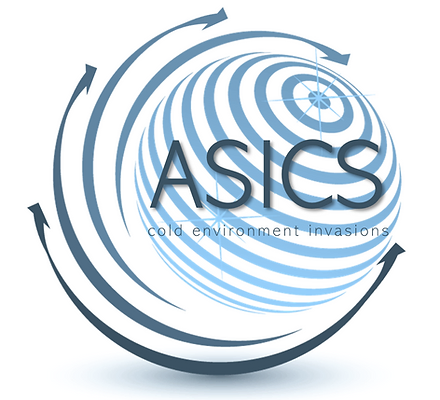"It seems to me that the natural world is the greatest source of excitement; the greatest source of visual beauty; the greatest source of intellectual interest. It is the greatest source of so much in life that makes life worth living."
(David Attenborough)
I am am fascinated by biodiversity and how we as humans interact with nature. As a macroecologist, I am particular curious about large-scale patterns and changes of biodiversity in the Anthropocene and the role people and societies play. My research in consequently situated at the nature-society-policy nexus.
I use classical macroecological methods combined with scenario science and systems-analysis tools to understand how biodiversity and biocultural diversity is organized across space and time and how humans shape these patterns.
Projects

BioMonI - Biodiversity Monitoring on Islands
BioMonI aims to build a global long-term monitoring network tailored to the pressing needs of biodiversity conservation and monitoring on islands.
Link

OneSTOP - OneBiosecurity Systems and Technology for People, Places and Pathways
OneSTOP is pioneering a joined-up approach to minimise the introduction, establishment, spread and impact of terrestrial invasive alien species.
Link

GloNAF - Global Naturalized Alien Floras database
GloNAF is a living database project about naturalized alien plant species and became a synonym for many related projects dealing with all kinds of scientific and policy relevant questions and studies about alien species (also other taxa) and related data.
Link

ReSurvey Europe
ReSurveyEurope aims at mobilizing vegetation-plot data with repeated measurements over time, including both data from permanent plots and resurveys of vegetation survey plots.
Link

MOTIVATE - Monitoring Of Terrestrial habitats by Integrating Vegetation Archive Time series in Europe
MOTIVATE aims to co-design a data platform supporting standardized, accessible reporting of biodiversity indicators for conservation managers and decision-makers, thereby advancing a comprehensive approach to biodiversity monitoring across Europe.
Link
For metrics and online publication databases check out
my university page,
ORCID,
Publons, and
Google Scholar.
Selected publications
Scenarios
Pérez-Granados C, Lenzner B, Golivets M, Saul WC, Jeschke JM, Essl F, Peterson GD, Rutting L, Latombe G, Adriaens T, Aldridge DC, Bacher S, Bernardo-Madrid R, Brotons L, Díaz F, Gallardo B, Genovesi P, González-Moreno P, Kühn I, Kutleša P, Leung B, Liu C, Pagitz K, Pastor T, Pauchard A, Rabitsch W, Robertson P, Roy HE, Seebens H, Solarz W, Starfinger U, Tanner R, Vilà M, Roura-Pascual N (2024) European scenarios for future biological invasions. People and Nature 6: 245–259. Link
Roura‐Pascual N, Saul W, Pérez‐Granados C, Rutting L, Peterson GD, Latombe G, Essl F, Adriaens T, Aldridge DC, Bacher S, Bernardo‐Madrid R, Brotons L, Diaz F, Gallardo B, Genovesi P, Golivets M, González‐Moreno P, Hall M, Kutlesa P, Lenzner B, Liu C, Pagitz K, Pastor T, Rabitsch W, Robertson P, Roy HE, Seebens H, Solarz W, Starfinger U, Tanner R, Vilà M, Leung B, Garcia‐Lozano C, Jeschke JM (2024) A scenario‐guided strategy for the future management of biological invasions. Frontiers in Ecology and the Environment 22: 2022.09.07.506838. Link
Roura-Pascual N, Leung B, Rabitsch W, Rutting L, Vervoort J, Bacher S, Dullinger S, Erb KH, Jeschke JM, Katsanevakis S, Kühn I, Lenzner B, Liebhold AM, Obersteiner M, Pauchard A, Peterson GD, Roy HE, Seebens H, Winter M, Burgman MA, Genovesi P, Hulme PE, Keller RP, Latombe G, McGeoch MA, Ruiz GM, Scalera R, Springborn MR, von Holle B, Essl F (2021) Alternative futures for global biological invasions. Sustainability Science 16: 1637–1650. Link
Lenzner B, Leclère D, Franklin O, Seebens H, Roura-Pascual N, Obersteiner M, Dullinger S, Essl F (2019) A framework for global twenty-first century scenarios and models of biological invasions. BioScience 69: 697–710. Link
Macroecology
Lenzner B, Latombe G, Schertler A, Seebens H, Yang Q, Winter M, Weigelt P, van Kleunen M, Pyšek P, Pergl J, Kreft H, Dawson W, Dullinger S, Essl F (2022) Naturalized alien floras still carry the legacy of European colonialism. Nature Ecology & Evolution 6: 1723–1732. Link
Lenzner B, Magallón S, Dawson W, Kreft H, König C, Pergl J, Pyšek P, Weigelt P, van Kleunen M, Winter M, Dullinger S, Essl F (2021b) Role of diversification rates and evolutionary history as a driver of plant naturalization success. New Phytologist 229: 2998–3008. Link
Dawson W, Moser D, van Kleunen M, Kreft H, Pergl J, Pyšek P, Weigelt P, Winter M, Lenzner B, Blackburn TM, Dyer EE, Cassey P, Scrivens SL, Economo EP, Guénard B, Capinha C, Seebens H, García-Díaz P, Nentwig W, García-Berthou E, Casal C, Mandrak NE, Fuller P, Meyer C, Essl F (2017) Global hotspots and correlates of alien species richness across taxonomic groups. Nature Ecology & Evolution 1: 0186. Link
Seebens H, Blackburn TM, Dyer EE, Genovesi P, Hulme PE, Jeschke JM, Pagad S, Pyšek P, Winter M, Arianoutsou M, Bacher S, Blasius B, Brundu G, Capinha C, Celesti-Grapow L, Dawson W, Dullinger S, Fuentes N, Jäger H, Kartesz J, Kenis M, Kreft H, Kühn I, Lenzner B, Liebhold A, Mosena A, Moser D, Nishino M, Pearman D, Pergl J, Rabitsch W, Rojas-Sandoval J, Roques A, Rorke S, Rossinelli S, Roy HE, Scalera R, Schindler S, Štajerová K, Tokarska-Guzik B, van Kleunen M, Walker K, Weigelt P, Yamanaka T, Essl F (2017) No saturation in the accumulation of alien species worldwide. Nature Communications 8: 1–9. Link
Science-Policy
Lenzner B, García‐Rodríguez A, Colling G, Dullinger S, Fugger J, Glaser M, Hennenfeind JH, Kaplan E, Liu D, Omer A, Pauchard A, Roy HE, Schernhammer T, Schertler A, Stoett P, Tedeschi L, Vorstenbosch T, Wessely J, Essl F (2024) The neglected importance of managing biological invasions for sustainable development. People and Nature: 1–8. Link
Schwindt E, August TA, Vanderhoeven S, McGeoch MA, Bacher S, Galil BS, Genovesi P, Hulme PE, Ikeda T, Lezner B, Nuñez MA, Ordonez A, Pauchard A, Rahlao SJ, Renard Truong T, Roy HE, Sankaran KV, Seebens H, Sheppard AW, Stoett P, Vandvik V, Wilson JRU, Meyerson LA (2023) Overwhelming evidence galvanizes a global consensus on the need for action against Invasive Alien Species. Biological Invasions. Link
Perino A, Pereira HM, Felipe‐Lucia M, Kim H, Kühl HS, Marselle MR, Meya JN, Meyer C, Navarro LM, van Klink R, Albert G, Barratt CD, Bruelheide H, Cao Y, Chamoin A, Darbi M, Dornelas M, Eisenhauer N, Essl F, Farwig N, Förster J, Freyhof J, Geschke J, Gottschall F, Guerra C, Haase P, Hickler T, Jacob U, Kastner T, Korell L, Kühn I, Lehmann GUC, Lenzner B, Marques A, Motivans Švara E, Quintero LC, Pacheco A, Popp A, Rouet‐Leduc J, Schnabel F, Siebert J, Staude IR, Trogisch S, Švara V, Svenning J-C, Pe’er G, Raab K, Rakosy D, Vandewalle M, Werner AS, Wirth C, Xu H, Yu D, Zinngrebe Y, Bonn A (2022) Biodiversity post‐2020: Closing the gap between global targets and national‐level implementation. Conservation Letters 15: e12848. Link
Essl F, Latombe G, Lenzner B, Wilson JRU, Genovesi P, Pagad S, Seebens H, Smith K (2020a) The Convention on Biological Diversity (CBD)’s Post-2020 target on invasive alien species – what should it include and how should it be monitored? NeoBiota 62: 99–121. Link
Finished Projects

Alien Scenarios - Developing and applying scenarios of biological invasions for the 21st century
AlienScenarios developed a range of plausible future invasion trajectories and provided crucially needed data for pro-active alien species management and policy towards preferred futures through the adaptation of existing policies.
Link

ASICS (ASsessing and mitigating the effects of climate change and biological Invasions on the spatial redistribution of biodiversity in Cold environmentS)
ASICS is a global network of ecologists passionate about biodiversity in the earth’s most remote areas: the cold north and south, and high-elevation areas.

UniNEtZ - Universitäten und Nachhaltige Entwicklungsziele
UniNEtZ focusses on making contributions to the transformation of society toward sustainability in line with the UN Agende 2030 on sustainable development with its associated Sustainable Development Goads (SDGs).
Link
Get In Touch
Feel free to get in touch by mail.
-
Address
Division of BioInvasions, Global Change & Macroecology
Department of Botany and Biodiversity Research
University of Vienna
Rennweg 14
Austria
-
Email
bernd.lenzner@univie.ac.at









